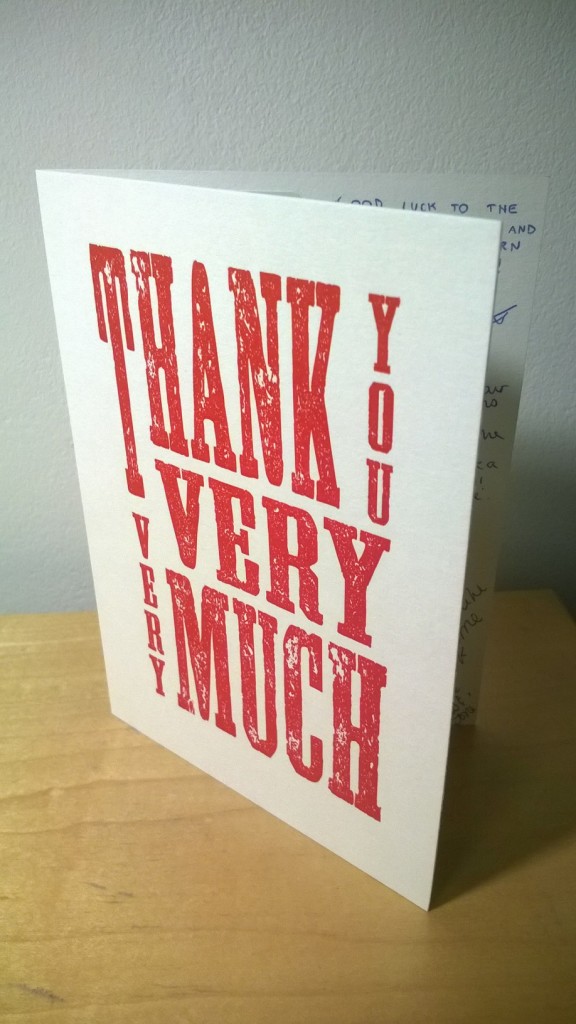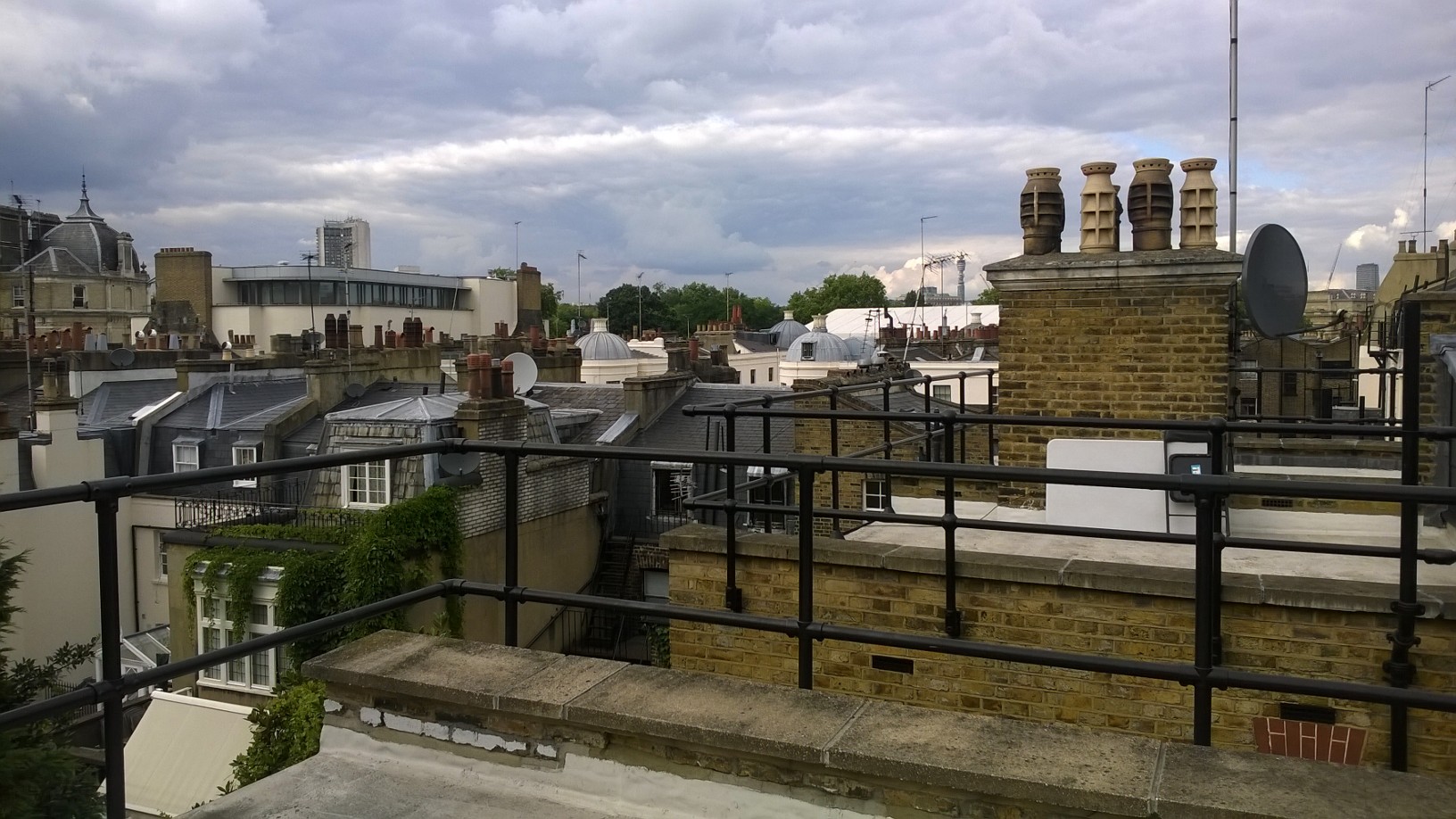Infrastructure and : Part 4 – Parting Ways
It somehow felt appropriate to end my internship with a week cut short by the bank holiday. My main project was in good shape to begin with, so there were no concerns about finishing it in just 4 days, the general atmosphere at the office was cheerful due to people returning from bank holiday weekend trips and longer holidays, and I swear that even the weather seemed to get better as the week progressed. On the other hand, it was weird to part ways with something that you were so intensely involved in for a short period of time. No more skimming through energy news in the morning, suiting up every day even though you knew it was not really all too necessary, and coming up with creative uses for the IF-statement in Excel, even though there surely was a proper way to get the same task done.
So what have I gained from my internship? Well, working at the intersection of policy, economy, and environment has been an outstanding learning lesson for me. Not only have I familiarized myself with an important area of industry, but also extended my knowledge in a myriad of other fields: research skills, Excel, statistical methods, the energy market, business culture in the UK, and the list goes on. All of these aspects are easily transferable to any kind of career path that I choose to take. On that topic it has to be said that based on my experiences here, I would be lying if I said that I could never see myself working in the non-profit sector at some point in my life. I have really enjoyed the stress free yet productive vibe and the sense of dealing with meaningful issues. As a fun fact, according to my back-of-the-envelope estimates on my last day at the office, my final report will have to save the organisation 2 hours of research in the next 12 months to offset the expenses caused by my coffee consumption over the time of my internship. However, this does not keep me up at night, since I am sure that when the time comes for the next paper to be published or event to be held about infrastructure, someone will remember my report and appreciate my endeavours.
I can only be grateful to Green Alliance and the Careers Service for this great experience, and hope that maybe one day you (yes, YOU!) will choose to partake in Charity Insights after reading my ramblings here. If you read this and have some further questions about the Charity Insights programme, feel free to approach me via email or social media. I will end my presence in this blog with the same parting words that I received on my last day of work in the form of this lovely card:



